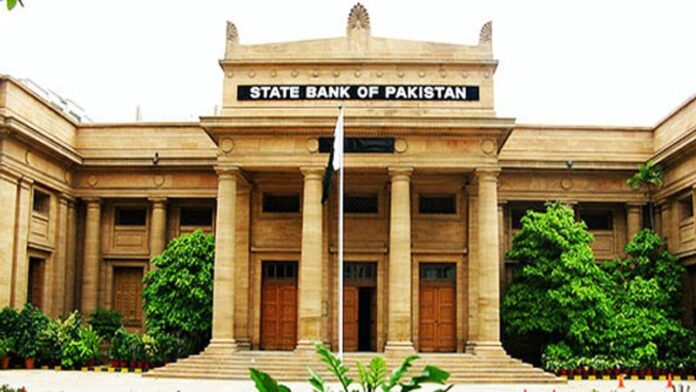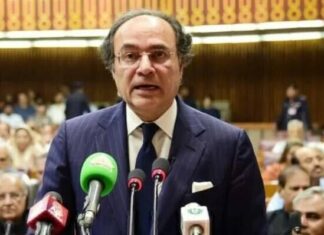The State Bank of Pakistan has decided to maintain the policy rate at 7 per cent for the next two months, the central bank’s governor, Reza Baqir, announced on Tuesday.
While addressing a press conference along with SBP officials, he said that this is the fifth consecutive time that the central bank has decided to maintain the policy rate.
Baqir said the results of the consistent monetary policy, as well as measures taken by the SBP, were in front of the nation in the form of 3.94pc economic growth.
“Inflation, which was nearly at 9.7pc in April, has reduced and the number for June is 8.9pc. Even now inflation is high. There is a need to reduce this further. There has also been a bit of reduction in headline inflation and core inflation.”
The MPC noted that the pandemic was not over and the country was going through the fourth wave of the coronavirus in view of which it wanted to “give a feeling of stability to the nation” and show that the SBP’s “supportive monetary policy” would be maintained, Baqir added.
“The MPC said that if there was a need to change the monetary policy, the change would come in a gradual way. If a change is made, it would not be in a way similar to how we had to bring the change in 2019 because back then the conditions of our economy were very different [and] we had a very large external deficit.”
The MPC sets the benchmark interest rate at least six times a year in view of the prevailing economic situation. Most of the borrowing and lending activity in the economy is pegged to it. A low rate makes the availability of credit more affordable, thus galvanising the wheels of the economy. But it also poses the risks associated with an overheated economy. Central banks hike the key interest rate to curb inflation as prices rise on the back of too much money.
The SBP has maintained the status quo since June last year after it reduced the policy rate from 13.25pc in about three months following the outbreak of Covid-19.
























Bank financing is still more expensive than it should be. SBP interest rates should be brought further down and banks should also limit the percentage of interest charged on top of KIBOR.